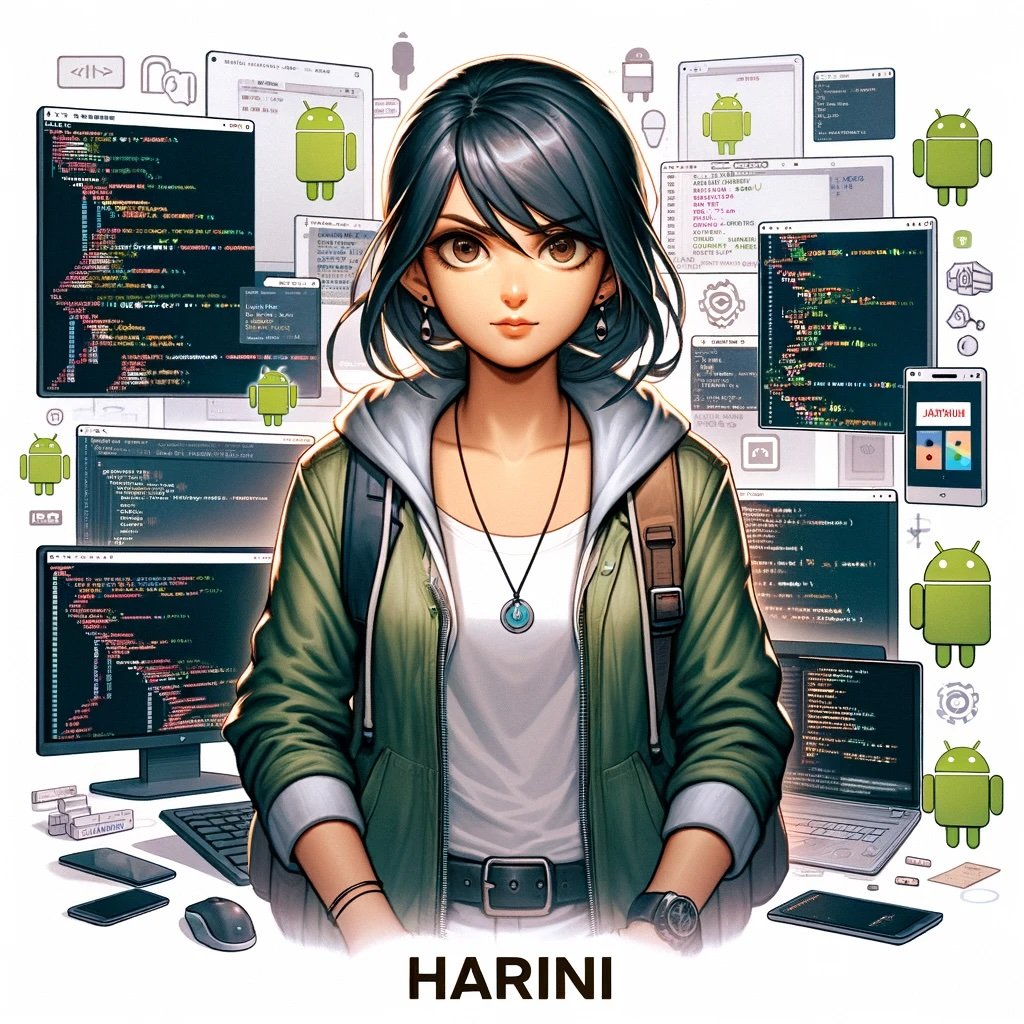In today’s rapidly evolving tech landscape, artificial intelligence (AI) is no longer just a buzzword—it’s a driving force behind modern application development. Among the most promising subfields of AI is Generative AI (GenAI), which has seen widespread adoption in content creation, coding assistance, and user experience design. However, to fully harness its potential, companies must focus on tailoring GenAI products for diverse mobile developer personas. This approach ensures that tools are not only powerful but also accessible, intuitive, and valuable across a spectrum of user types.
Understanding the Diversity in Mobile Developer Personas
Mobile developers are not a monolith. From indie developers working on passion projects to large enterprise teams building scalable solutions, their needs, expertise levels, and objectives vary greatly. Some are deeply entrenched in Android or iOS ecosystems, while others focus on cross-platform development using Flutter, React Native, or Xamarin.
Tailoring GenAI products for diverse mobile developer personas means recognizing and addressing these differences. Junior developers may need step-by-step coding help and pre-built UI components. Senior developers might prefer sophisticated debugging suggestions, integration capabilities, and performance optimization insights. Without this level of customization, GenAI tools risk becoming generic and underutilized.

The Case for Personalization
GenAI thrives when it’s built to learn from user behavior and adapt its outputs accordingly. Personalization is not just a nice-to-have—it’s a critical feature that makes AI tools efficient and impactful. Tailoring GenAI products for diverse mobile developer personas enhances productivity, reduces development time, and improves the overall quality of the end product.
For example, a GenAI tool that auto-generates code snippets must be able to understand the developer’s preferred language, framework, and coding style. A React Native developer has different expectations compared to a Kotlin-focused Android developer. Personalization enables the AI to deliver relevant and context-aware suggestions, increasing adoption and trust among developers.
Real-World Applications and Success Stories
Several tech giants and startups are already making strides in tailoring GenAI products for diverse mobile developer personas. GitHub Copilot, for instance, offers contextual code suggestions that adapt based on the language and environment in use. Google’s Studio Bot in Android Studio is another example—it’s trained specifically for Android development, understanding project structure, API documentation, and user intent.
Startups like Replit and Codeium are also creating GenAI tools that cater to different development workflows, ensuring that their AI support spans a broad range of personas, from hobbyists to professionals. The success of these platforms underscores the value of building AI tools with a nuanced understanding of user diversity.
Challenges in Tailoring GenAI Products
Despite its benefits, tailoring GenAI products for diverse mobile developer personas presents unique challenges. Firstly, gathering accurate and privacy-compliant data to inform personalization algorithms can be difficult. Developers are cautious about sharing their codebases and workflows due to security concerns.
Secondly, maintaining performance consistency across multiple use cases and environments requires substantial training data and computational resources. Ensuring that a GenAI model performs equally well for a Swift developer and a Flutter developer necessitates deep domain expertise and continuous refinement.
Another issue is the “cold start” problem, where new users may not receive optimal recommendations until the AI learns their preferences. Designing onboarding processes that quickly gather relevant data without being intrusive is key to overcoming this hurdle.
Best Practices for Developers and Product Teams
To effectively embark on tailoring GenAI products for diverse mobile developer personas, product teams should follow these best practices:
- Persona Mapping: Begin by identifying and categorizing the key developer personas your product aims to serve. Understand their goals, tools, challenges, and working styles.
- Modular Design: Develop GenAI features as modular components that can be turned on/off or adapted based on user preferences.
- Continuous Feedback Loop: Incorporate mechanisms for user feedback so the GenAI model evolves based on real-world use cases and user behavior.
- Privacy First: Be transparent about data usage, and offer strong privacy controls to build user trust.
- Cross-Platform Support: Ensure your GenAI tools work well across platforms and are not biased toward one ecosystem.
- Inclusive Training Data: Train your models using datasets that reflect the diversity of developer environments, code styles, and projects.
By adhering to these principles, organizations can build GenAI tools that resonate deeply with a wide range of developers.
The Future of GenAI in Mobile Development
As AI models become more advanced, the scope for tailoring GenAI products for diverse mobile developer personas will expand dramatically. We’re already seeing AI tools that can perform end-to-end app development, from generating user interfaces to writing backend logic and even deploying to app stores.
In the future, developers might interact with GenAI through natural language, describing their app idea in plain English and receiving fully functional code as output. These tools will need to understand not just the syntax of code, but the semantics of what the developer is trying to achieve—another compelling reason to invest in deep personalization.
Conclusion
The key to unlocking the full potential of GenAI lies in understanding the human element behind the code. Tailoring GenAI products for diverse mobile developer personas is not just a design choice—it’s a necessity for relevance and usability. As the developer community continues to diversify, GenAI tools must evolve to meet the complex, varied, and ever-changing demands of mobile development.
Organizations that take this challenge seriously will be well-positioned to lead the next wave of AI-driven innovation. They will not only provide superior tools but also foster stronger relationships with developers who feel seen, understood, and empowered.



